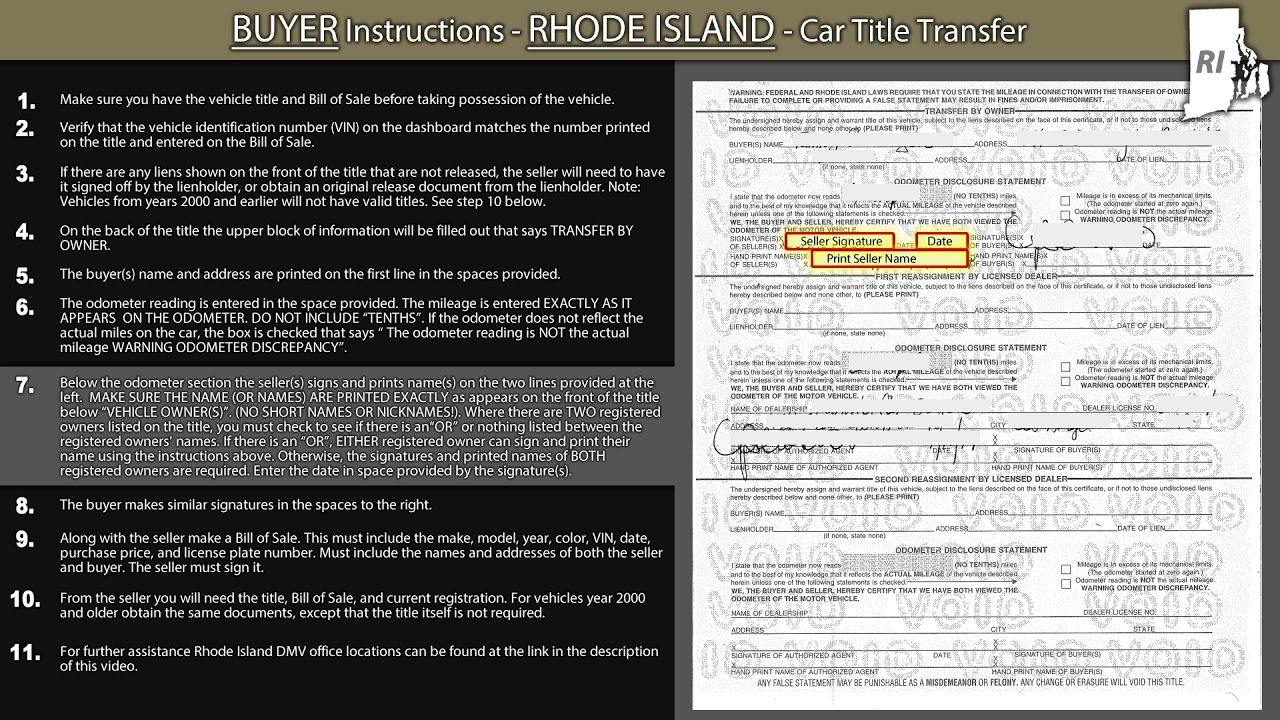Introduction to Filing a Restraining Order in Rhode Island
Filing a restraining order in Rhode Island is a legal process designed to protect individuals from harassment, violence, or threats by another person. The purpose of a restraining order is to establish a legal barrier between the victim and the aggressor, providing a sense of safety and security. This article will guide you through the necessary steps to file a restraining order in Rhode Island. It is important to note that the information provided here is for general guidance and seeking legal advice is recommended to ensure compliance with specific laws and regulations.
Step 1: Understanding the Purpose and Eligibility Requirements
Before proceeding with filing a restraining order, it is crucial to understand the purpose and eligibility requirements. In Rhode Island, a restraining order, also known as a protective order, aims to protect individuals who are experiencing abuse, threats, or harassment. To be eligible for a restraining order, the victim must have a specific relationship with the aggressor, such as being a current or former spouse, a family member, or someone with whom they share a child. Additionally, the victim must be able to demonstrate a reasonable fear of harm or injury.
Step 2: Gathering Necessary Information and Documentation
To file a restraining order, it is important to gather all necessary information and documentation that supports your case. This includes personal identification documents, such as a driver’s license or passport, as well as any evidence of threatening messages, photographs, or other relevant documentation. It is advisable to make copies of all documents, as they will be submitted as evidence in court.
Step 3: Contacting the Appropriate Rhode Island Court
To initiate the process of filing a restraining order, you must contact the appropriate Rhode Island court. You can find the contact information for the Family Court or the District Court in your county online or by calling the Rhode Island Judiciary’s information line. Once you have obtained the necessary contact information, reach out to the court and inquire about the specific procedures and forms required to file a restraining order.
Step 4: Filling Out the Restraining Order Petition Form
After contacting the court, you will need to obtain and fill out the restraining order petition form. This form collects essential information about the victim, the aggressor, and the nature of the alleged abuse or threats. It typically includes sections for personal information, the relationship between the parties involved, and a description of the incidents that have occurred.
Step 5: Providing Detailed Information and Descriptions
When filling out the restraining order petition form, it is essential to provide detailed information and descriptions of the incidents. Be as specific as possible about the dates, times, and locations of each occurrence. Clearly explain the actions or behaviors that caused you to fear for your safety. Providing accurate and comprehensive information will aid in the court’s understanding of your situation and strengthen your case.
Step 6: Explaining the Incident and Alleged Threats
In addition to providing detailed information, it is crucial to explain the incident and alleged threats in a clear and concise manner. Describe the specific actions, words, or behaviors that constitute the harassment, violence, or threats. Present any evidence, such as text messages, emails, or witness testimonies that support your claims. The court will consider this information when determining the validity of your restraining order request.
Step 7: Discussing Past Incidents, if Applicable
If there have been previous incidents of abuse, threats, or harassment, it is important to discuss them in your petition. Providing a history of past incidents can help establish a pattern of behavior and further substantiate the need for a restraining order. Include specific details about these incidents and any previous attempts you may have made to address the situation.
Step 8: Identifying Witnesses and Providing Their Statements
If there were witnesses to any of the incidents or if you have obtained statements from individuals who can support your case, it is advisable to include them in your petition. Provide their contact information, and if possible, include their written statements or affidavits. Witness testimonies can provide additional credibility to your claims and help strengthen your case.
Step 9: Submitting the Completed Restraining Order Petition
Once you have filled out the restraining order petition form and gathered all necessary documentation, it is time to submit your completed petition to the appropriate Rhode Island court. Ensure that you have followed all the court’s guidelines and instructions regarding submitting the petition. It is crucial to provide accurate and complete information, as any missing or incorrect details may delay the processing of your request.
Remember to keep copies of all documents for your records. The court will review your petition and determine whether to issue a temporary restraining order.
Conclusion
Filing a restraining order in Rhode Island involves several important steps, from understanding the purpose and eligibility requirements to submitting a completed petition to the court. By following these steps and providing accurate and detailed information, victims can seek legal protection from abuse, threats, or harassment. It is essential to seek legal advice and support throughout the process to ensure compliance with the specific laws and regulations of Rhode Island.





